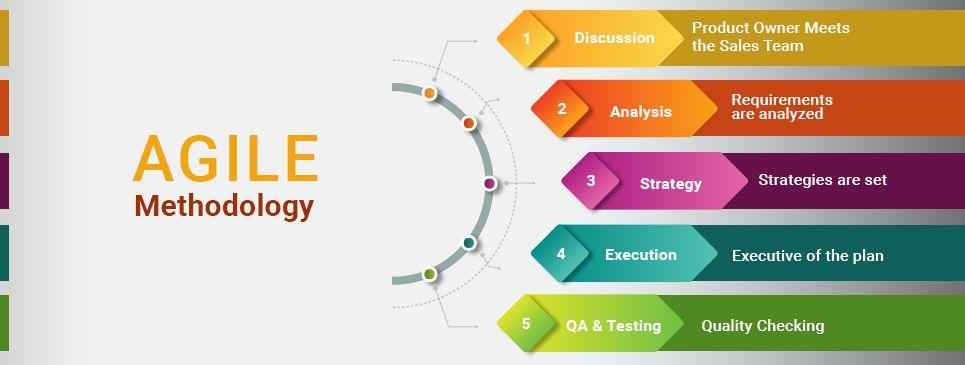In early times of computer software growth, it was not uncommon for weeks to pass before any progress began, and once growth began, maybe it’s months or years before almost any completed solution was ready for testing. Certain requirements classification and getting process was often very long, and in many cases the growth staff was isolated from the customer.
After needs were total and progress had started, change was only not at all something that has been simply entertained. Let’s remember that concepts such as Continuous Integration and Arrangement Management were not known and use of source control repositories was not as mainstream as it is now. An alteration in requirements was just very difficult to allow for and was usually frowned upon.
Agile was presented in January 2001 via the Agile Manifesto, a document produced by a small grouping of developers who met in Snowbird, Utah to discuss the principles behind a way to do light pc software development. Since then, the Agile Technique has developed and been generally followed by application progress groups and organizations worldwide. Whenever we examine Agile Methodologies, we should also mention Scrum, Lean Pc software Development, Kanban, Dynamic Methods Progress Approach (DSDM), and Severe Development, because these methodologies all share exactly the same philosophy.
In a nutshell, Agile is all about transmission, teamwork, relationship, versatility, version, feedback, and obviously, agility! The growth effort is damaged down into initiatives of short duration and modify is not just estimated, it is embraced by all stakeholders. To effectively apply Agile, an organization must embrace its concepts and concepts at all levels.
Agile provides a structure with which teams can keep focus on fast giving functioning software and giving correct business price, even in settings where the complex and useful assets and landscape can vary greatly or change routinely. We could say that Agile enables development teams to supply optimum business value through the distribution of really useful, working pc software that fits the business needs. How do we know that the application really matches the business enterprise needs? Since all of the stakeholders are involved and quality and range affirmation get devote small, iterative cycles. Deviations from the true intent behind an element or little bit of functionality could be discovered easily and corrected in a agile manner what is six sigma.
The greatest procedures and resources on earth are ineffective without the proper people effortlessly talking and interacting. Regardless of the measurement or readiness of the organization, we must begin with persons then choose the right techniques and tools to produce our Agile development more effective.
In the days of waterfall progress, I will recall the latter phases of greater tasks being taken with the development of piles of certification! I recall working with clubs of complex writers while they produced equally useful and specialized certification for application deliverables. With Agile, any certification that is made is generally made while growth takes place. The quick develop/release strategy facilitates concurrency among designers, business analysts, and writers, and within an Agile atmosphere the company analysts often create the documentation.
Regardless of the utilization of Agile or maybe not, it is rare a customer maybe not involve some type of paperwork and there is nothing inappropriate with that. But, within an company that’s truly Agile-oriented, working computer software is obviously the principal, primary deliverable. Let us experience it, so long as development clubs provide solutions for clients, there will be contractual obligations. But when we use the expression “contract negotiation” we indicate an us versus them thinking and that is detrimental to the Agile process! For the Agile process to work, we truly need contractual vehicles which can be flexible and which are produced and written to efficiently manage change.
The issue sometimes comes into play when the consumer contends on defining operation at the start, causes the company to indicator an agreement whose estimates are based on these original demands, then attempts to present scope creep because the challenge progresses. I often refer to this as “agile under waterfall”, but Agile is still a good match for such an endeavor. Clearly, a FFP agreement is not preferred car below which to accomplish Agile, but it’s however attainable if all stakeholders are well-versed in and grasp Agile concepts.
